| In the first half of 2024, fruit and vegetable exports are estimated to earn 3.4 billion USD. Vietnamese durian has another competitor in the Chinese market. |
Durian season, gardeners "wait" for price
Since the beginning of June, the durian season has begun in major durian growing areas in Gia Lai such as Chu Prong, Ia Grai, Chu Pah... Currently, export packing warehouses in Gia Lai announced that the price of Monthong (Dona) durian grade 1 fluctuates around 82,000 - 84,000 VND/kg, grade 2 price is 64,000 - 72,000 VND/kg, Ri 6 durian grade 1 price is around 60,000 VND/kg, grade 2 price is 45,000 - 50,000 VND/kg.
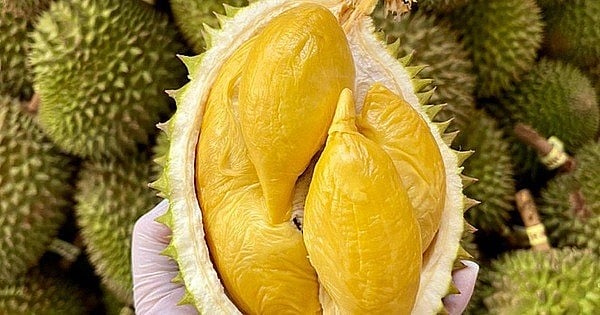 |
| Many sources of information show that durian crop in Thailand is failing, people expect prices to increase sharply, so signing contracts with traders is being considered carefully. |
Although the selling price offered by traders is quite high, many large gardeners are still waiting because the decision to sign a contract with traders is important, deciding the success or failure of an entire crop, especially in the context of durian prices that can increase or decrease abnormally by dozens of prices overnight.
Notably, this year, there is a lot of information showing that durian in Thailand is having a bad harvest, people expect the price to increase sharply, so signing contracts with traders is being considered more carefully. In the context of continuous price fluctuations, many large gardeners are choosing to cut and sell in batches instead of signing contracts for the whole season with traders.
Mr. Nguyen The Minh - Director of Nghia Hoa Agricultural Service Cooperative (Nghia Hoa Commune, Chu Pah District), there are 2 forms of contract signing that have been commonly applied in recent years: "2 for 1" (2 good fruits with 1 bad fruit), or "2 for 2" (2 good fruits with 2 bad fruits). Good products often have a large price difference compared to bad products, so garden owners need to calculate carefully to get the highest price.
From a business perspective, Mr. Doan Nguyen Duc - Chairman of the Board of Directors of Hoang Anh Gia Lai Joint Stock Company - said that his company currently owns a 1,200-hectare durian garden in Laos. This is the first year of fruit production, in which the 5-year-old Monthong trees have an average yield of 20-30 fruits, weighing 2-4 kg each. This year, this durian garden has about 200-300 hectares and will be harvested. August is the time when Monthong can be cut and sold. The fruit is still young, but since May, Chinese businesses have been looking to buy it and are willing to pay high deposits. The company is not in a hurry to sell because it is waiting for the harvest to get a better price.
Meanwhile, at the company's durian gardens in Gia Lai, every day, there are continuous groups of traders coming to inquire about and buy this billion-dollar fruit. Mr. Doan Nguyen Duc once said that the company will sell durian directly to Chinese partners, without going through intermediaries. This year, just counting the two gardens in Gia Lai, the company's durian output has reached 800 tons. However, the company has not yet finalized the selling price with its purchasing partners.
More competitors but no competition worries
According to the Vietnam Fruit and Vegetable Association, in the first 6 months of 2024, fruit and vegetable exports are estimated to reach over 3.4 billion USD, an increase of 28.1% over the same period in 2023, and it is expected that the whole year of 2024 can reach 7 billion USD.
Since durian was officially exported to China at the end of 2022, the contribution of this item to the fruit and vegetable industry has been increasing. The export value of fruits and vegetables is concentrated in the durian harvest months, from May to October every year. The remaining months are mainly off-season durian, so the output is not much.
This year, durian exports to the Chinese market are expected to be colorful because Malaysia has officially been allowed to export fresh durian to the Chinese market. On the other hand, according to international media, China has introduced durian products grown in Hainan to the market this June. However, due to low output, the product price is relatively high, up to 22 USD/kg (about 560,000 VND).
According to China News Service, four years ago, China planted durians in some areas of Hainan Island. So far, the durians have grown well, producing fruits the size of volleyballs. And in 2024, about 500 trees have begun to bear fruit.
Many opinions are concerned that the competition for market share of this fruit in Vietnam is increasingly fierce. Regarding this issue, Mr. Dang Phuc Nguyen - General Secretary of the Vietnam Fruit and Vegetable Association - commented that the cultivation of durian in China will not affect the export of Vietnamese durian to this market. The reason is that the current output of durian in China is still low, not enough to meet the demand of consumers in this country. On the other hand, the locations where durian is grown in China do not have favorable climates, high production costs make the price to consumers increase, even double or triple the price of imported goods from Southeast Asian countries.
Not only is it more expensive than durian imported from Southeast Asia, many opinions also say that Hainanese durian is of lower quality, as the smell is not as fragrant and the flesh does not have a smooth, creamy texture.
Regarding the export market, Mr. Doan Nguyen Duc said that the durian industry will be more competitive after Malaysia successfully negotiated to export fresh fruit to China. However, he believes that the demand for this fruit is still very large, not only from China but also from demanding markets such as the United States, India and Japan.
According to data from Global Trade Atlas, China currently imports fresh durian from three Southeast Asian countries: Thailand, Vietnam and the Philippines. 4 China imports the most durian from Thailand, a total of 121,398 tons worth $717 million. This figure accounts for 65.6% of the market share. Vietnam is the second largest supplier with 79,186 tons worth $369 million, accounting for 33.8% of the market share. The Philippines ranks third, supplying 1,778 tons worth $5.8 million.
Mr. Dang Phuc Nguyen acknowledged that China is still the world's largest durian consumer market, and the market capacity for this fruit is still very large. Having a new competitor like Malaysia will help diversify consumer choices in this country.
On the other hand, Malaysia, when exporting durian to China, will target the high-end segment. This is because this country has an advantage in high-quality durian varieties, typically the Musang King durian. Meanwhile, Vietnamese durian when exported to the Chinese market is often in the low-end segment.
According to Mr. Dang Phuc Nguyen, at present, Vietnamese durian still has many advantages in terms of year-round harvest, with products available for export in every season. Meanwhile, durian from Malaysia, Thailand and the Philippines only lasts for a few months in the middle of the year.
Not to mention, the transportation cost from our country's growing areas to China is also the closest, taking only about 1.5 days. The logistics issue has many advantages, from which the price of durian sold in China is also more competitive.
However, according to Mr. Dang Phuc Nguyen, countries are currently focusing on quality control and brand protection. This is also something that Vietnamese durian exporting enterprises need to pay attention to in order to increase their competitiveness in this billion-people market.
Source: https://congthuong.vn/sau-rieng-vao-vu-doanh-nghiep-va-nha-vuon-chua-voi-chot-hop-dong-xuat-khau-328245.html


![[Photo] The moment Harry Kane lifted the Bundesliga trophy for the first time](https://vphoto.vietnam.vn/thumb/1200x675/vietnam/resource/IMAGE/2025/5/11/68e4a433c079457b9e84dd4b9fa694fe)
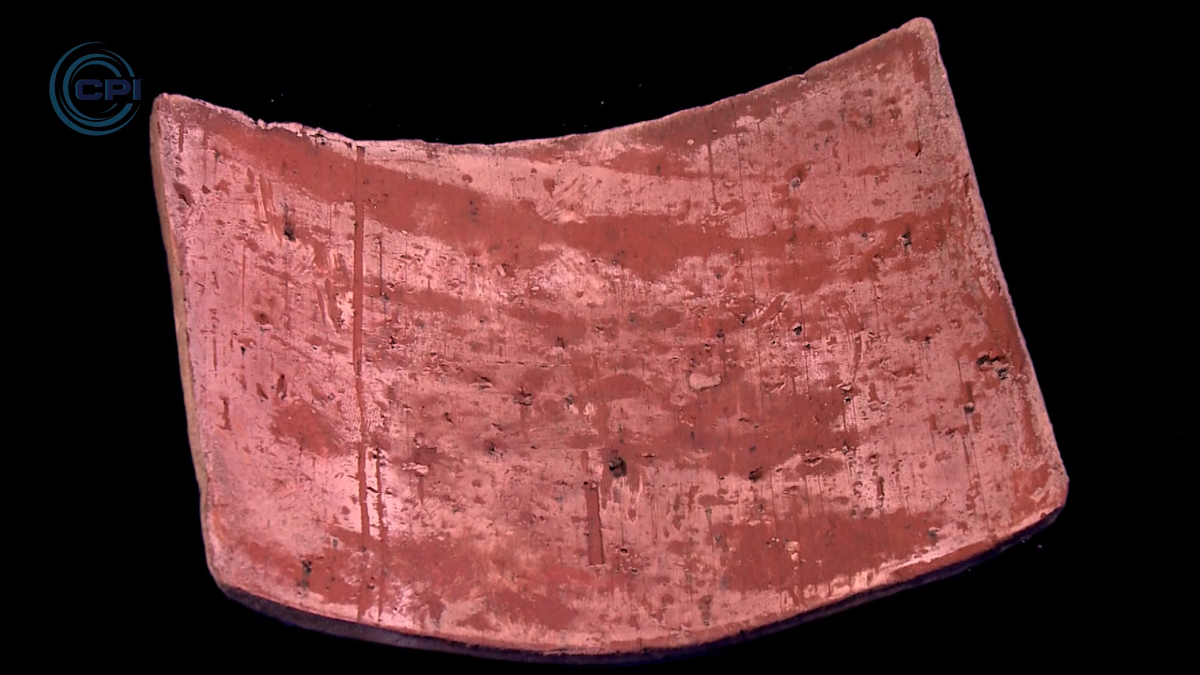
![[Photo] Discover the beautiful scenery of Wulingyuan in Zhangjiajie, China](https://vphoto.vietnam.vn/thumb/1200x675/vietnam/resource/IMAGE/2025/5/11/1207318fb0b0467fb0f5ea4869da5517)
![[Photo] National Assembly Chairman works with leaders of Can Tho city, Hau Giang and Soc Trang provinces](https://vphoto.vietnam.vn/thumb/1200x675/vietnam/resource/IMAGE/2025/5/11/c40b0aead4bd43c8ba1f48d2de40720e)
![[Photo] Prime Minister Pham Minh Chinh chairs the fourth meeting of the Steering Committee for Eliminating Temporary and Dilapidated Houses](https://vphoto.vietnam.vn/thumb/1200x675/vietnam/resource/IMAGE/2025/5/11/e64c18fd03984747ba213053c9bf5c5a)
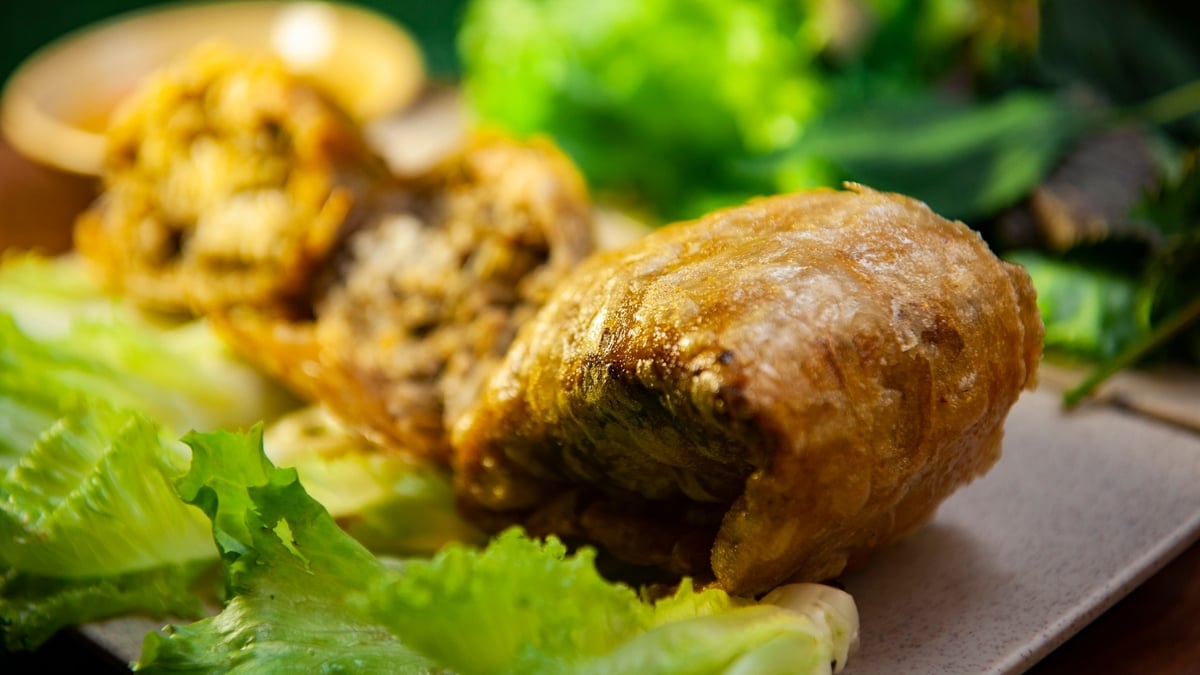






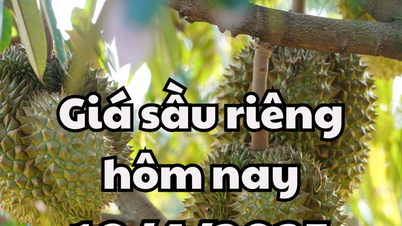






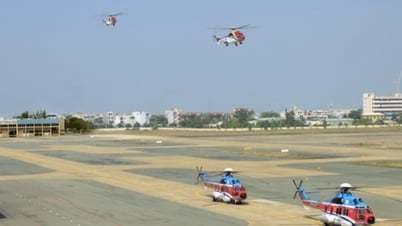





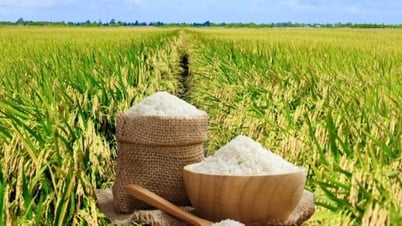
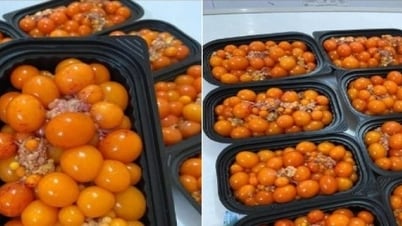

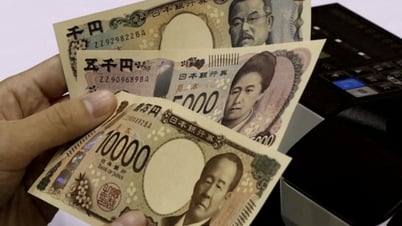
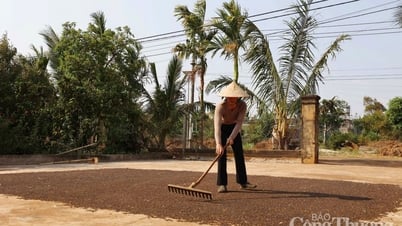
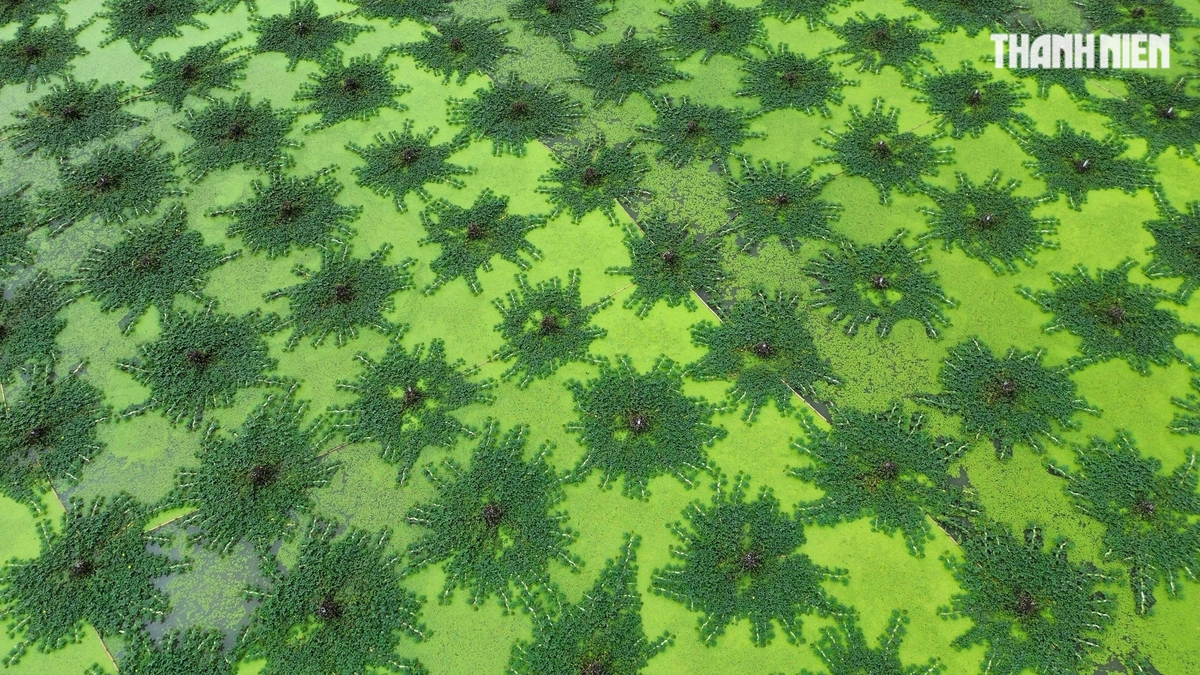




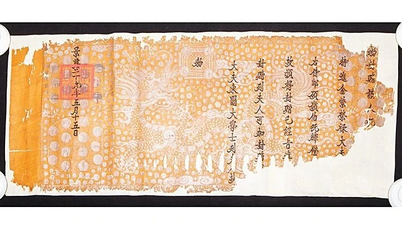














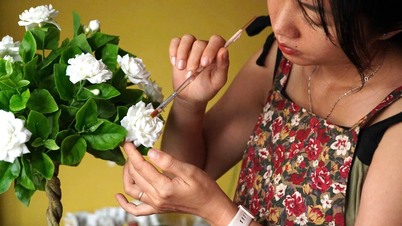
















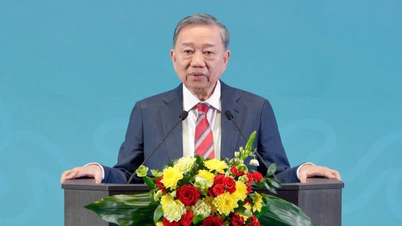















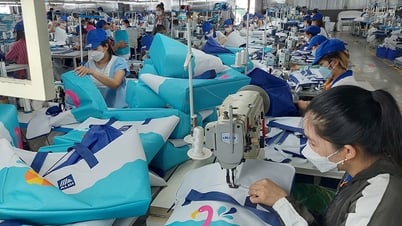















Comment (0)